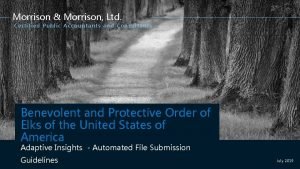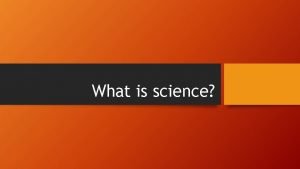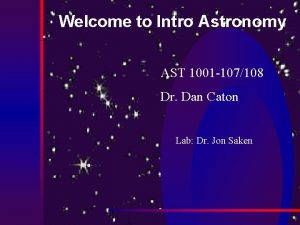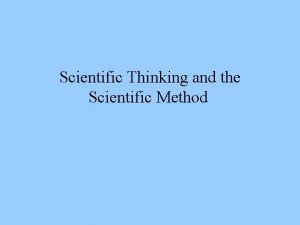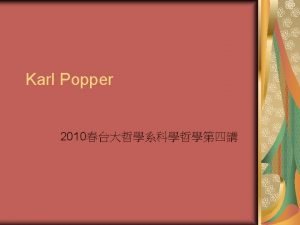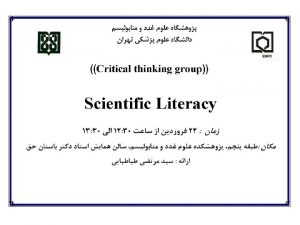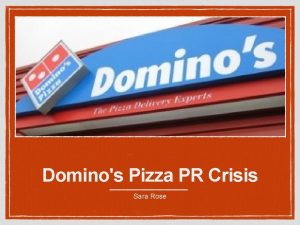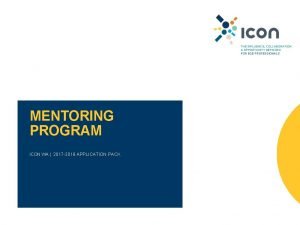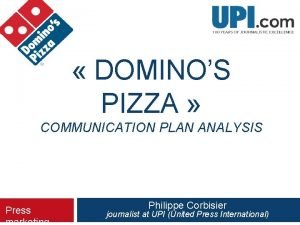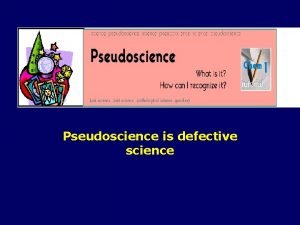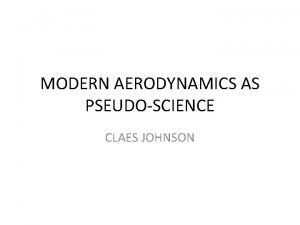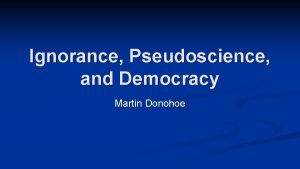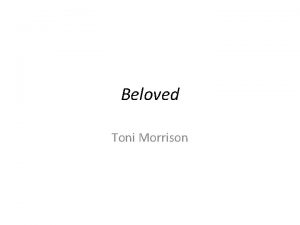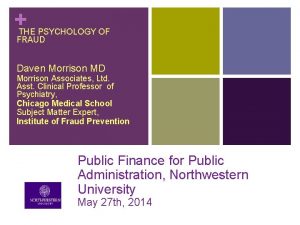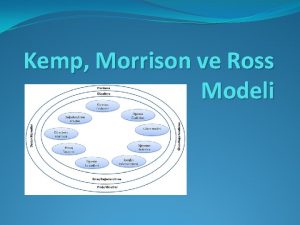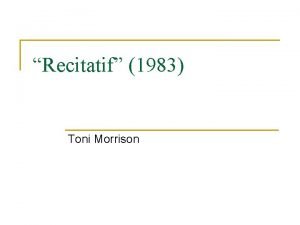Pseudoscience Evaluating Evidence Increasing Scientific Literacy Kristy Morrison












- Slides: 12

Pseudoscience Evaluating Evidence & Increasing Scientific Literacy Kristy Morrison Halton District School Board

Pseudoscience - Why Study It? - Intriguing topics - Scientific Literacy in students - Credibility of sources - Evaluate the Evidence

THE GOAL: INCREASE SCIENTIFIC LITERACY INCREASE CRITICAL THINKING IMPROVE RESEARCH SKILLS SPOT “GOOD” and “BAD” INFORMATION BEGIN THE COURSE WITH SKILLS

The Introduction - Discussed the difference between science and pseudoscience OUTLINE - Discussed topics ; Allowed the students to explore any area of science or pseudoscience that they wanted to research to see if it was “true. ” PART A: Choose Your Topic

Resources We worked closely with: - Teacher Librarian - Library Orientation - Strategies for finding “GOOD” sources using the CARP Method Researching the "Husky" Way PART B: Evaluating Sources

Resources, continued We worked closely with: - Languages Department - Opinion Piece as culmination of research - Creating and supporting an opinion - Cross-curricular PART C: Synthesizing Your Opinion

Student Sharing Students shared - Brief introduction on their topic Opinion paragraph outlining their findings STUDENT SHARING - Shared topic in small table groups

An example of a student slide from my class this semester

An example of a student slide from my class this semester

Assessment Tasks were “chunked” First time through, we assessed the research portion. The second time through, we assessed the opinion piece. TASK CHECKLIST & ASSESSMENT

OUTCOMES Improved performance on evaluation-style tasks that focus on the same skills in later units (e. g. forming & supporting opinions, researching, finding credible sources) Skills were front-loaded and subsequent tasks required less explicit instruction and more recall. Early feedback meant consistent and faster improvement over semesters with the same evaluations but no Pseudoscience project.

Next Steps For Future, I would consider: - - Interview process Less formal “assessment” Focus on assessing research and the ability to interpret “good” and “bad” sources Increased peer feedback opportunities
